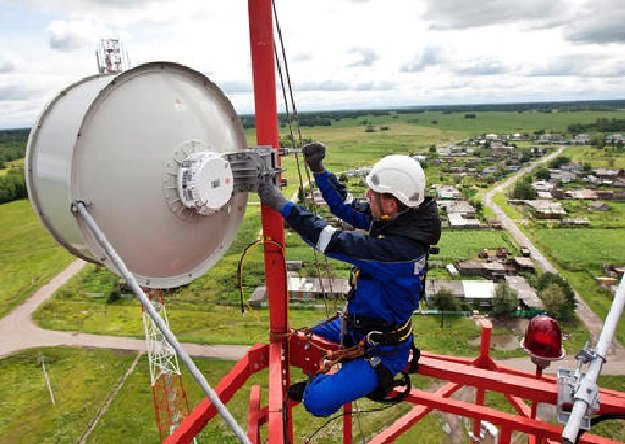
Developed by a subsidiary of state technology corporation Rostec, the system, named "Rubezh," can detect flying objects in the electromagnetic fields of cellular towers deployed across the Russian Federation.
The creators assure that GSM networks will help the military detect on radars a number of hard-to-see objects - enemy cruise missiles, drones and small aircraft.
How does Rubezh work?
The cellular network forms an electromagnetic field through continuous exchange of signals between cellular towers, transmitters and repeaters.
When metal objects get into this area, the stations' receivers instantly register a change in the field and - thanks to Rubezh - will be able to transmit the coordinates of the object to the "base."
Rubezh will be able to determine the class of the object (be it a missile, aircraft, helicopter, etc.), allowing commanders at command and control centers for the Aerospace Forces' air defense systems to make a decision on how to act.
There are more than 250,000 cellular towers in Russia, and this number grows every year. According to the developers, this will permit the creation of an interference-free field, which will operate 24 hours a day at different frequencies, and transmit data automatically to anti-aircraft units.
Rubezh is installed not at a GSM station, but directly at air defense systems' control posts, and it will run at no financial cost to mobile operators.
Read more here.



Reader Comments
to our Newsletter